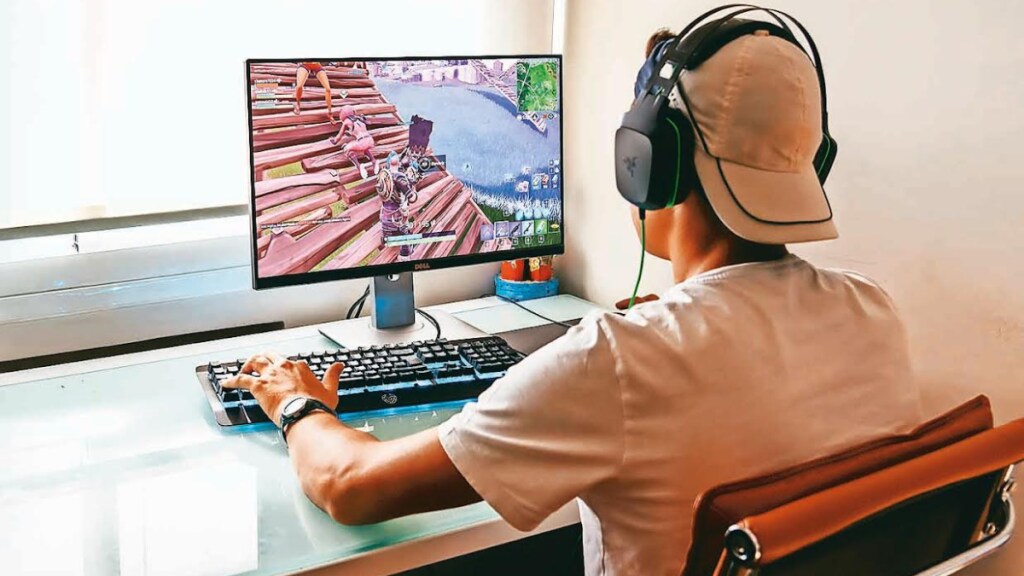By Sanjay Krishnamurthy
With infinite entertainment options, attention is the new currency that all brands are fighting for. Several entertainment categories have made their inroads into consumers’ mobiles, capturing eyeballs and becoming the norm for many. However, the data tells us that people spend more time gaming, often exceeding their engagement with traditional entertainment formats. As per the 2024 FICCI-EY report, India’s online gaming industry has surpassed filmed entertainment to become the fourth-largest media and entertainment segment. Over the past decade, gaming has evolved unprecedentedly, transitioning from a pastime activity into an immersive platform attracting all demographics and becoming a lucrative avenue for brands.
Sandbox gaming platforms like Roblox, Fortnite, and Minecraft are becoming prime spaces for brands, allowing them to create custom games and experiences or collaborate with existing games. These platforms enable brands to engage with users in immersive, interactive environments, making them attractive for brand-building and new launches. For example, Nike launched ‘Nike Land’ on Roblox, a virtual world modelled after its headquarters, featuring mini-games and virtual product try-ons. Within seven months, it attracted over 7 million users, showcasing the potential of gaming for brand activation.
Studies show that a staggering 90% of Gen Z and Alpha actively engage in gaming, making it their prime entertainment space. Brands can make these gamers and target groups feel seen and deliver value by understanding gaming trends, language, and lifestyle and by incorporating gaming culture into their marketing materials. While creating an engaging and scalable marketing experience in and around gaming is challenging, the potential rewards are undeniable.
Gamers seek value, not ads; intrusive marketing disrupts their experience, but brands that add something meaningful can build lasting connections. Creating content that seamlessly adds value to the experiences and integrates with the users’ gameplay is critical rather than running intrusive experiments. The gaming community is a tight-knit, savvy community, and they consider brands that display ads as crass invaders. Hence, for success on this platform, brand integration that’s natural, native, and engaging blends seamlessly.
As free-to-play and live games grow in popularity, measurement solutions for in-game activations will unlock massive potential for marketers interested in investing and promoting brands in gaming. With the huge engagement gaming channels are witnessing, there is a need for techniques and methods to measure the success of these activations. Though gaming has a longstanding presence in our culture, investing in gaming activation demands a relook into how we measure ROI. The ability to demonstrate impact on brand affinity will drive more investment and consistency.
The author is president, GALE India


